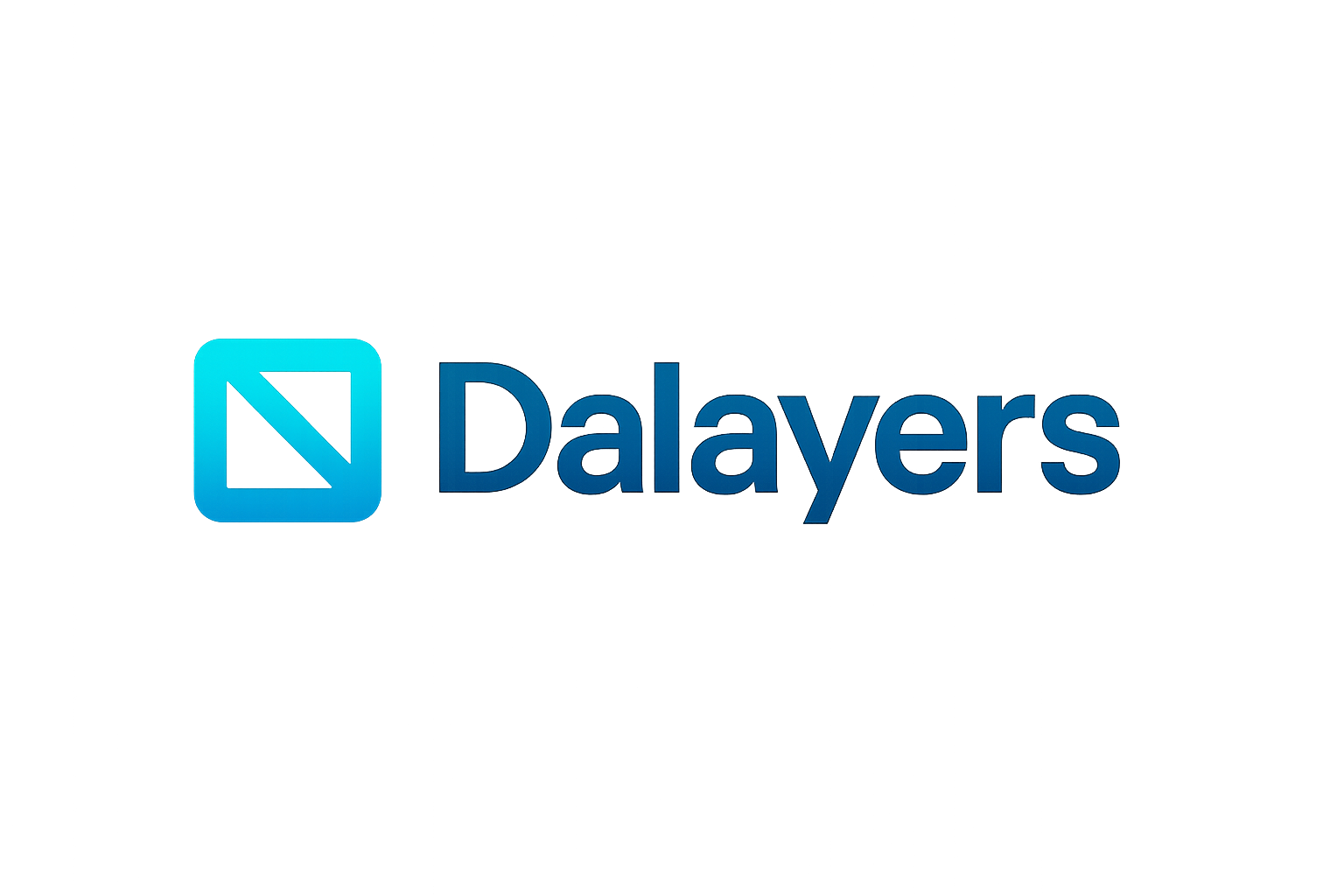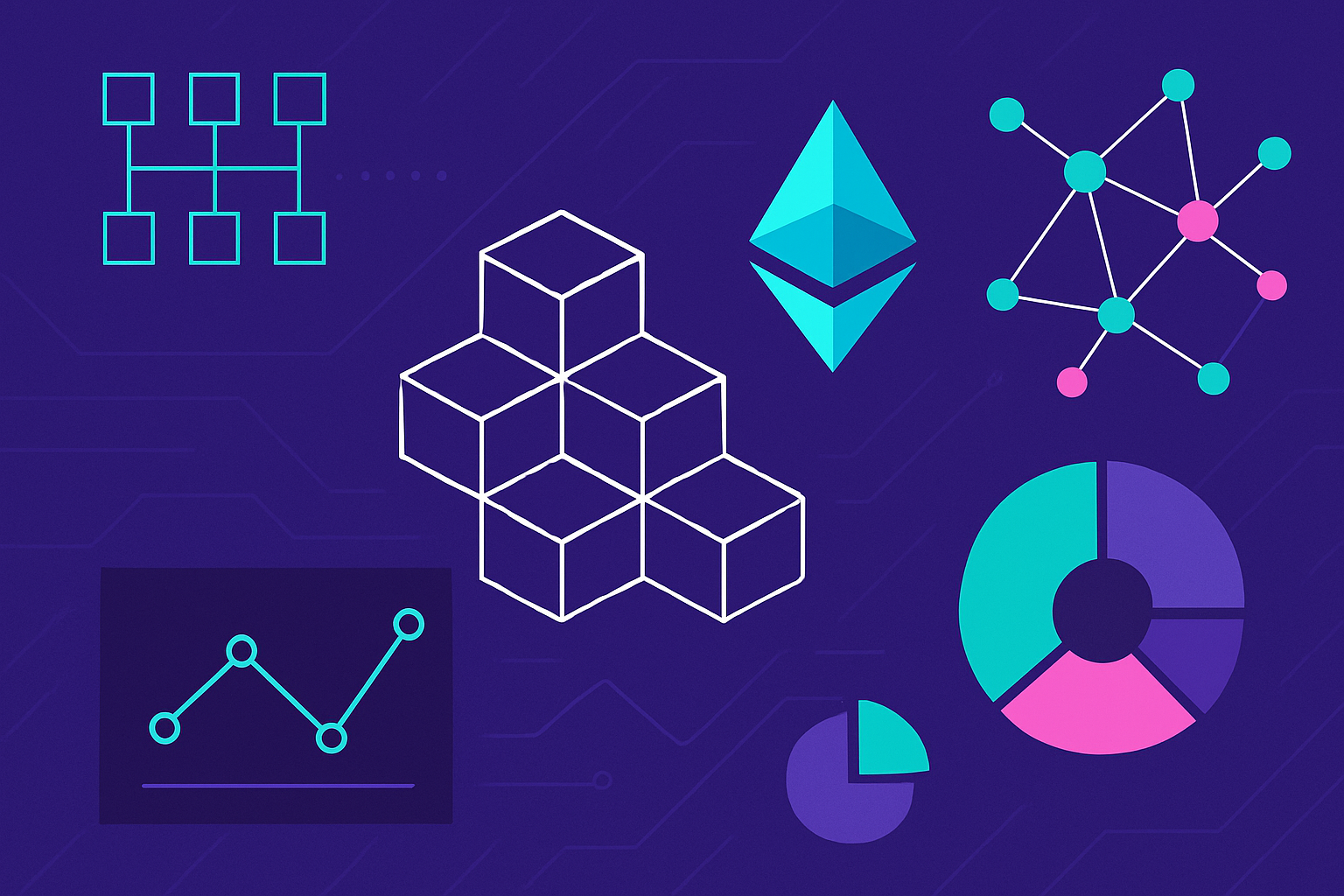
Ethereum’s modular revolution is fundamentally reshaping how blockchains scale, and at the heart of this transformation are data availability layers (DALs). With Ethereum currently trading at $3,980.21, the pressure to support ever-increasing transaction volumes without compromising security or decentralization has never been higher. Modular rollups – specialized Layer 2 solutions that separate execution, consensus, and data storage – have emerged as the leading strategy for achieving this goal. But what exactly powers these rollups? The answer lies in robust data availability infrastructure.
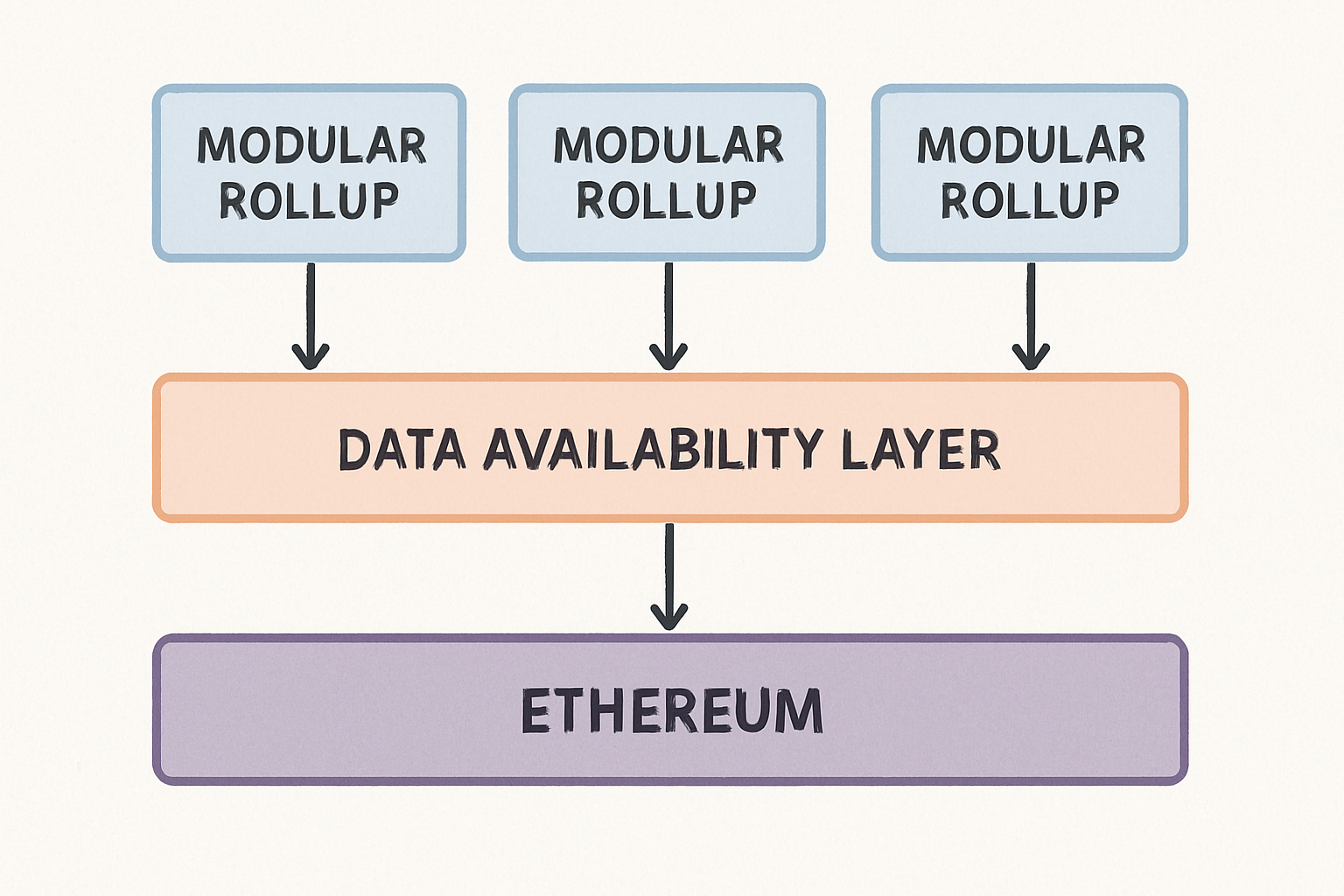
What Are Data Availability Layers?
A data availability layer is a dedicated component of the modular blockchain stack focused on storing and distributing transaction data efficiently. Unlike traditional monolithic chains where every node stores all state and history, DALs employ distributed techniques to ensure that all necessary transaction information is accessible to validators and users, but without overburdening individual nodes. This distinction is critical: it allows Ethereum to process more transactions while keeping costs manageable and maintaining high security standards.
The core function of a DAL is simple yet foundational: make sure that when a rollup posts a batch of transactions, all relevant data is genuinely available for anyone to download and verify. If this guarantee fails, the entire security model of the rollup collapses, opening doors to censorship or fraud. As noted by industry leaders like Celestia and Avail, data availability remains one of the most significant bottlenecks in blockchain scalability.
How Modular Rollups Leverage Data Availability Layers
In a modular architecture, rollups handle execution off-chain, then publish proofs and transaction data back to Ethereum’s mainnet or an external DAL. This design enables faster throughput since computation doesn’t clog up Layer 1 (L1). However, for users and smart contracts on L1 to trust these results, they must be able to independently access all underlying transaction data.
This is where DALs shine. By providing an open repository for transaction data – separate from consensus mechanisms – they enable anyone (including other rollup operators) to reconstruct state transitions if needed. If an operator disappears or acts maliciously, the system remains secure because no single party controls access to critical information.
This approach also allows different types of rollups (optimistic or zk-based) to plug into shared DA layers, fostering interoperability across projects while reducing redundant infrastructure costs.
The Benefits: Scalability Without Compromise
The integration of DALs into Ethereum’s scaling stack delivers three pivotal advantages:
- Scalability: Offloading storage from L1 means Ethereum can process more transactions per second without increasing hardware requirements for full nodes.
- Cost Efficiency: Specialized DA solutions lower the cost per byte stored compared to mainnet posting fees – a key driver behind falling average transaction fees despite surging activity around $3,980.21 ETH price levels.
- Security and Decentralization: By ensuring everyone can access transaction data, DA layers prevent censorship and enable permissionless validation – two cornerstones of public blockchain ethos.
This trifecta explains why projects like Celestia and Avail are rapidly gaining traction as preferred DA providers for new rollup ecosystems. For deeper analysis on how these benefits play out in practice, see our guide on how data availability layers improve rollup scalability in modular blockchains.
The State of Data Availability Solutions in 2025
The landscape for DALs has evolved rapidly alongside demand for scalable Web3 applications. As of October 2025, Ethereum’s move toward modularity has catalyzed intense competition among DA providers. Notably:
- Celestia: Pioneering modular DA with its own consensus mechanism optimized solely for storing/verifying blobs of transaction data.
- Avail: Focused on interoperability with both EVM- and non-EVM-based rollups by offering flexible integration options.
- Mainnet Innovations: Ethereum itself continues experimenting with proto-danksharding (EIP-4844), which introduces native blob storage as an intermediate step toward full sharding.
This competitive environment ensures that as ETH hovers near $4k ($3,980.21) per coin, users benefit from lower fees and greater security guarantees across the entire ecosystem.
Yet, the true impact of data availability layers (DALs) is best understood by examining their role as the connective tissue in modular blockchain architecture. They empower rollups not just to scale, but to do so without sacrificing trust-minimized security or the permissionless innovation that defines Ethereum. As developers push the boundaries of decentralized finance, gaming, and social dApps, the need for robust, scalable DA solutions becomes paramount.
Key Advantages of Data Availability Layers for Modular Rollups
-
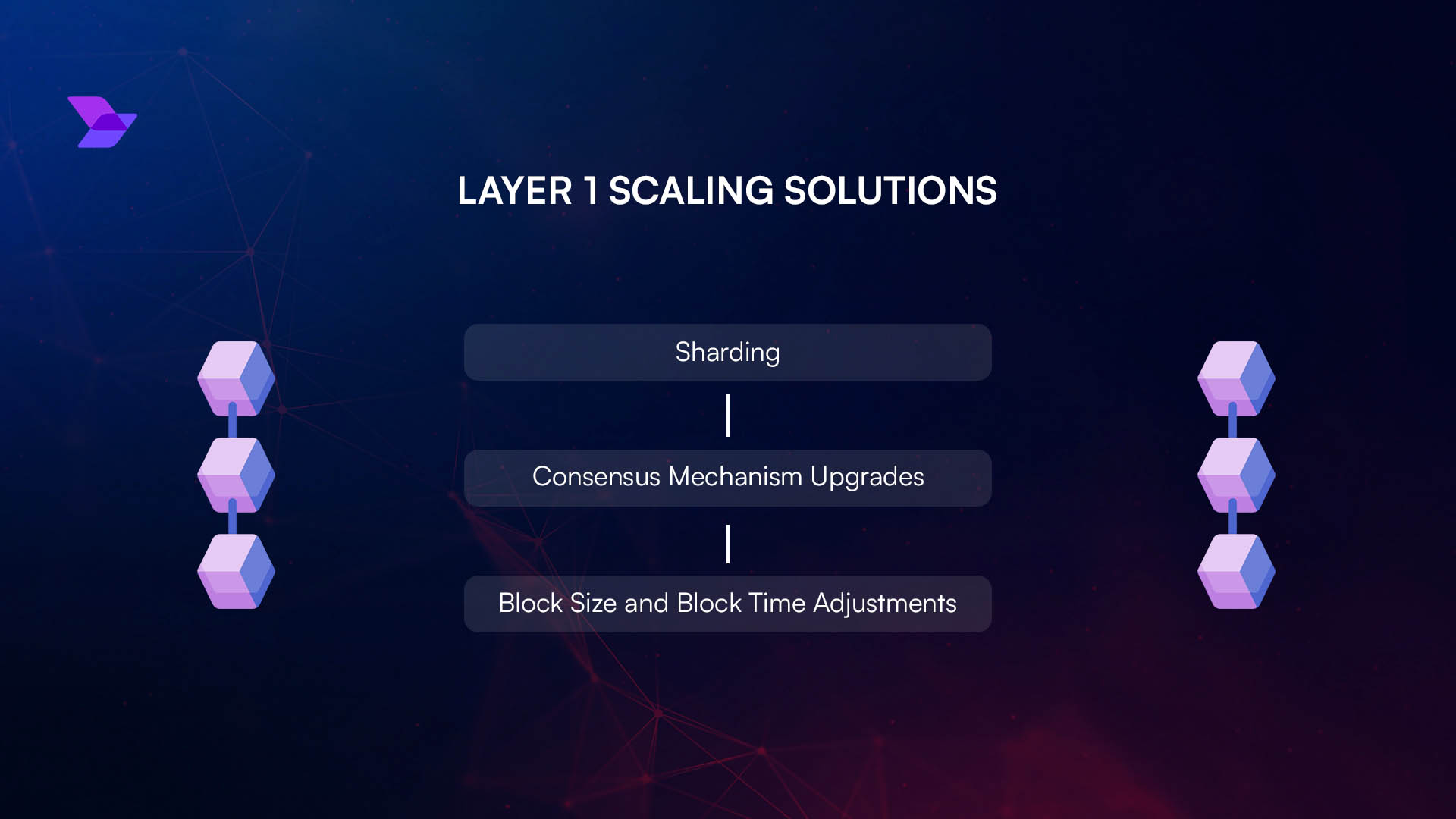
Enhanced Scalability: Data availability layers (DALs) offload transaction data storage from Ethereum’s main chain, enabling significantly higher throughput for modular rollups without congesting Layer 1.
-
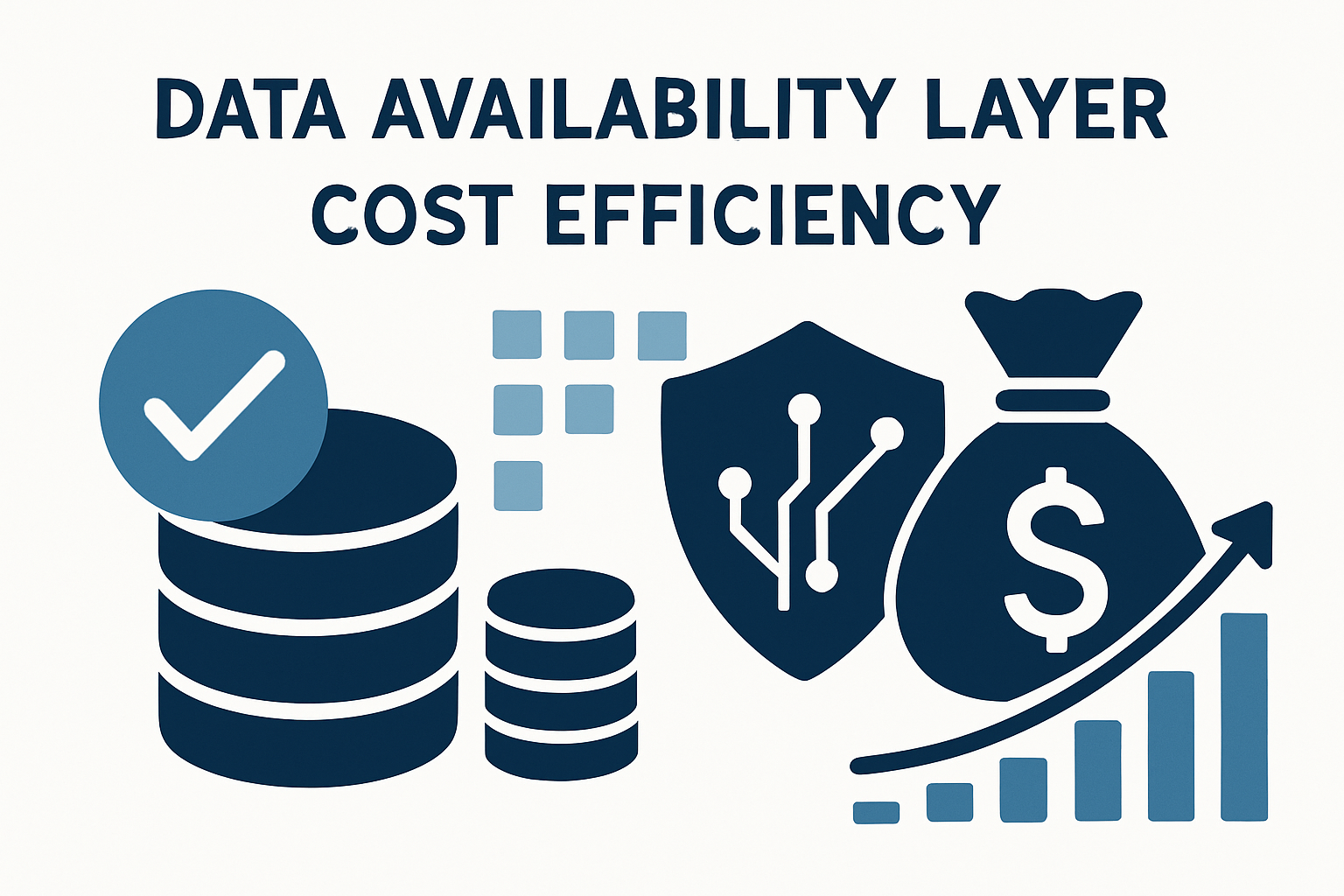
Lower Transaction Costs: By storing data on specialized DALs rather than directly on Ethereum, users and rollup operators benefit from reduced data posting fees, resulting in lower transaction costs across the ecosystem.
-
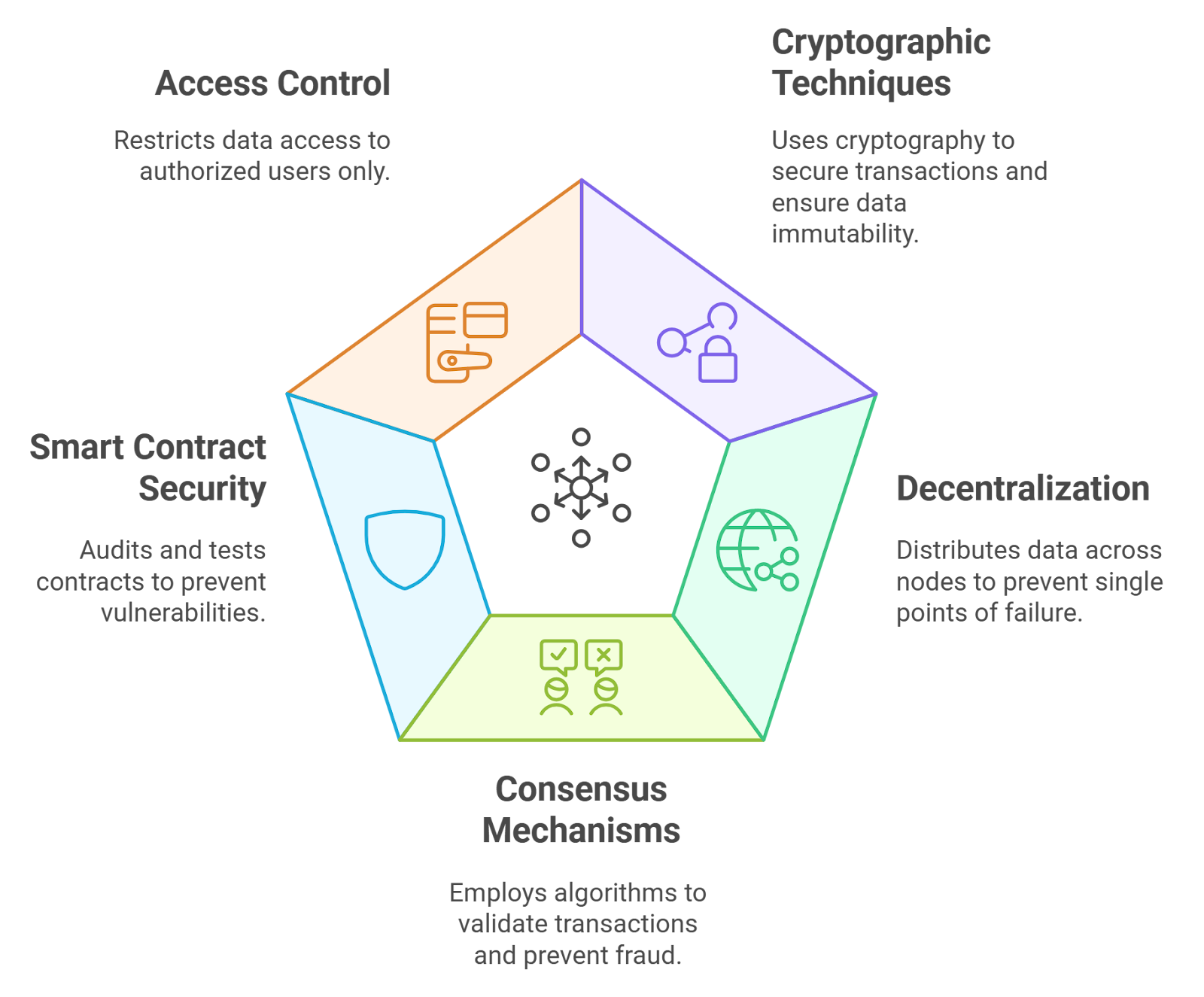
Robust Security and Decentralization: DALs ensure that all transaction data remains accessible and verifiable by anyone, preserving the trustless and decentralized nature of Ethereum rollups even if individual operators go offline or act maliciously.
-
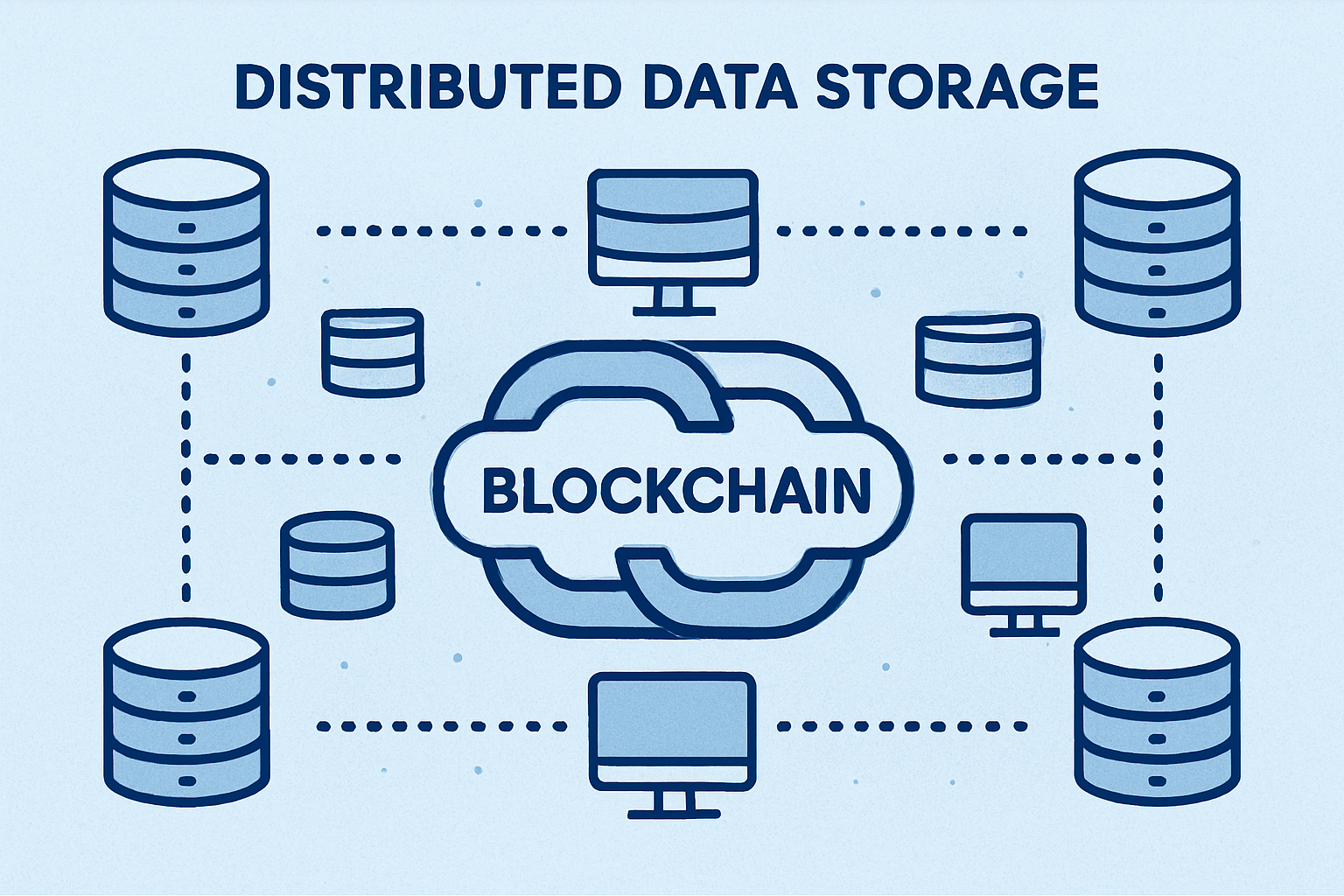
Improved Network Efficiency: DALs distribute data storage across multiple nodes, reducing the resource burden on individual validators and making it easier for more participants to join and secure the network.
-

Seamless Integration with Leading Platforms: Established projects like Celestia and Avail offer dedicated data availability services that are purpose-built for modular rollups, accelerating adoption and innovation in Ethereum scaling.
One underappreciated feature is how DALs enable composability and interoperability between rollups. Because DALs provide a common, verifiable data source, different rollups can share proofs and interact with each other more easily. This opens the door for a new era of cross-rollup protocols and applications, where liquidity and users can flow seamlessly across ecosystems. The result? A more unified, efficient, and user-friendly Web3 experience.
From a technical perspective, DALs also introduce new cryptographic primitives and sampling techniques, such as data availability sampling. This allows light clients to verify that all transaction data is available without downloading it in full, further reducing hardware barriers for network participation. As these techniques mature, expect to see even more lightweight and accessible blockchain clients, broadening participation in Ethereum’s consensus process.
“Data availability isn’t just a technical challenge; it’s the linchpin for scalable, trustless rollups. Without it, modular blockchains can’t deliver on their promise of open, global infrastructure. “
As we look to the future, competition among DA providers is likely to accelerate. With Ethereum’s price at $3,980.21, institutional interest in scaling solutions is intensifying. This has already spurred rapid adoption of protocols like Celestia and Avail, both of which are racing to offer the most efficient and secure DA services. Meanwhile, Ethereum’s own proto-danksharding efforts signal that native DA enhancements are on the horizon.
For users and developers alike, the bottom line is clear: data availability layers are no longer optional for Ethereum scaling. They are an essential pillar of the modular blockchain stack. As the ecosystem matures and more Layer 2s go live, expect DA solutions to become even more sophisticated – with innovations in cryptography, interoperability, and incentive design shaping the next wave of Web3 growth.
If you’re interested in the technical mechanics behind these advances or want to compare how different DA solutions stack up in practice, check out our deep dive on how data availability layers enable low-cost, trust-minimized rollups in Web3.
What Comes Next for Modular Rollups and Data Availability?
As Ethereum continues to evolve and maintain its position near $4k ($3,980.21), the stakes for efficient, secure scaling have never been higher. The next 12-24 months will likely see:
- Deployment of new DA primitives: Expect further experimentation with erasure coding, fraud proofs, and advanced sampling algorithms.
- Broader adoption of shared DA layers: More rollups will opt for external DA providers rather than relying solely on Ethereum mainnet storage.
- User experience breakthroughs: As fees drop and cross-rollup composability improves, mainstream adoption of dApps built on modular stacks will accelerate.
The modular revolution is far from over. As data availability layers mature and integrate deeper into Ethereum’s architecture, they will continue to redefine what’s possible in decentralized technology. For builders and users alike, staying informed about these developments is essential to navigating – and thriving in – the rapidly changing landscape of blockchain scalability.
